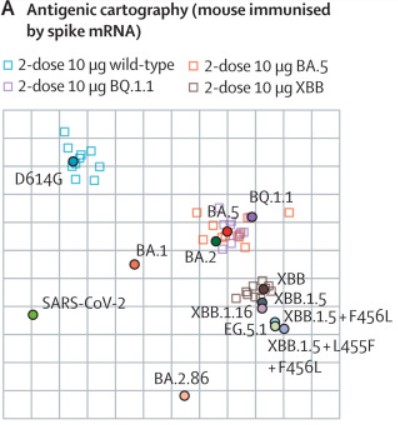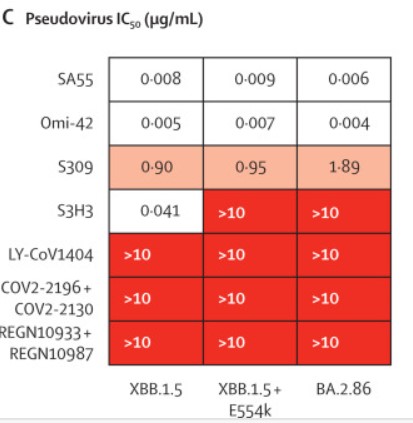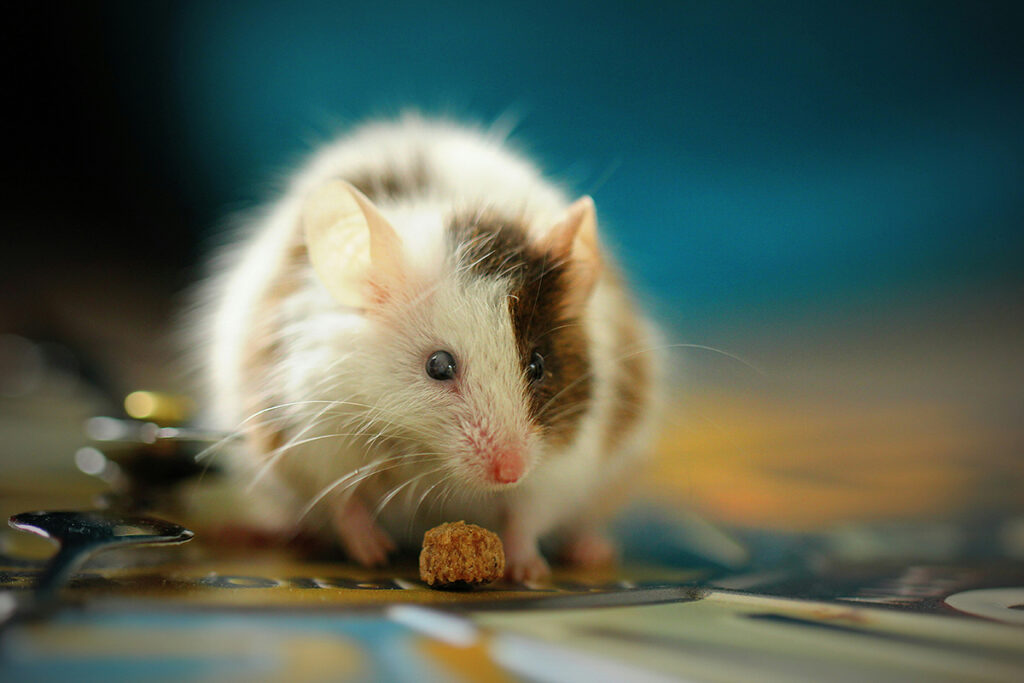Pyrola is a strain of the SARS-CoV-2, BA.2.86, discovered in August 2023 after a surge in COVID-19 cases in the United States and the United Kingdom. The Pyrola strain evolved from the earlier Omicron strain (BA.2), which dominated in 2022. Pyrola has developed a successful transmission strategy, where disease severity decreases, but the ability to cause COVID-19 increases.
Pyrola’s clinical presentation and severity do not differ from other coronavirus strains circulating in July-August 2023, such as Eris and Kraken. Pyrola does not cause severe illness, with symptoms including cough, shortness of breath, and fever.
The increase in Pyrola infection cases 1-2 years after 3-4 vaccinations, with or without prior infection, suggests that waning immunity may contribute to susceptibility to the Pyrola strain. In addition, Pyrola harbors numerous mutations that significantly differ from other strains: 33 spike protein mutations and 14 receptor-binding domain (RBD) mutations that aid the coronavirus in evading immune protection.
Pyrola can potentially evade immunity acquired through natural infection or updated vaccines based on the Kraken strain. Outbreaks in nursing homes have indicated a reduced vaccine efficacy against the Pyrola strain four months post-vaccination.
Chinese researchers examined how mRNA vaccines protect against the Pyrola coronavirus. The Pyrola strain exhibited high resistance to neutralizing antibodies in all vaccine groups. Antibodies targeting the previous Omicron subvariant, Kraken/XBB, did not possess sufficient neutralizing activity against the Pyrola strain. The Pyrola strain’s ability to evade immunity exceeded that of the Eris/EG.5 strain.
Figure 1. Antigen mapping calculated based on neutralization titers
Image source: https://www.thelancet.com/journals/laninf/article/PIIS1473-3099(23)00573-X/fulltext
Swedish scientists assessed the effectiveness of neutralizing antibodies against Pyrola in the sera of individuals who had recovered from Pyrola, Kraken, and their descendants, as well as DV.7.1. Sera obtained before the circulation of the Kraken strain showed significantly lower (3.5-6.0 times lower) titers of neutralizing antibodies than those obtained later. Sera collected in August 2023 had increased antibody titers against all strains compared to pre-Kraken sera.
All monoclonal antibodies approved for the treatment of COVID-19 failed to neutralize the Pyrola strain well, except for the SA55 monoclonal antibody.
Figure 2. Resistance of the Pyrola strain to neutralization with monoclonal antibodies
Image source: https://www.thelancet.com/journals/laninf/article/PIIS1473-3099(23)00573-X/fulltext
Pyrola binds more strongly to the ACE2 receptor that the coronavirus uses to enter cells than the Eris and Kraken strains. However, a cell-based experiment revealed that Pyrola has the lowest contagiousness compared to the Eris, Kraken, and HK.3 strains. The potential cause for Pyrola’s lower contagiousness might be the RBD changes, and Pyrola’s membrane may be less effective in fusing with the cell membrane. Notably, the effectiveness of infecting cell lines may not correspond to the strain’s real-world contagiousness, which is more complex and needs further investigation.
Figure 3. RBD binding efficiency to ACE2.
Image source: https://www.thelancet.com/journals/laninf/article/PIIS1473-3099(23)00573-X/fulltext
Useful article, necessary information? Share it!
Someone will also find it useful and necessary:
References
- Antigenicity and infectivity characterisation of SARS-CoV-2 BA.2.86
- ‘The end’ – or is it? Emergence of SARS-CoV-2 EG.5 and BA.2.86 subvariants
- Sensitivity of the SARS-CoV-2 BA.2.86 variant to prevailing neutralising antibody responses
- Neutralisation of SARS-CoV-2 Omicron subvariants BA.2.86 and EG.5.1 by antibodies induced by earlier infection or vaccination






